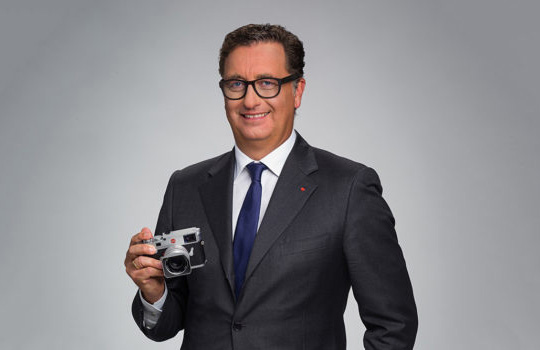It’s amazing what we don’t
notice if we are without internet access for just a relatively short time. As I mentioned on August 9, I am traveling
for five weeks without regular access to the internet and thus this blog. Today offered a welcome break and I have become
aware of several things worth mentioning. I have no idea if this is still news, but I
feel it is definitely worth mentioning.
First is a report from
David Farkas of Leica Store Miami, headlined …
LEICA INTRODUCES V-LUX
(TYP 114) EXPLORER KIT
Today, Leica has
introduced the V-Lux (Typ 114) Explorer Kit. The new bundle includes a stock V-Lux (Typ 114), a black nylon ‘ONA for Leica’ Bowery camera bag and a LeicaRope Strap by COOPH in red. Earlier this year, Leica launched a similar
Explorer Set for the D-Lux (Typ 109), although it didn’t include a camera bag.
While conventional wisdom
says that limited edition Leica sets should cost more than a stock model, the
opposite is true in this case. Some quick back-of-the-napkin math shows that at
$1,350, the price of the Explorer kit actually represents a net savings of
about $100 over purchasing the components separately. The camera also comes in
a snazzy box.
Quantities of the V-Lux(Typ 114) Explorer Kit are limited to 1,500 sets worldwide. If you are
interested in picking one up, head on over to Leica Store Miami, or give them a
call at 305-921-4433.
Press Release
Leica Camera proudly
presents the Leica V-Lux Explorer Kit which consists of a Leica V-Lux (Typ
114), a Bowery for Leica, Nylon, black system bag from the exclusive ‘ONA for
Leica’ bag collection and a Leica Rope Strap designed by COOPH in red. There
are only 1,500 Leica V-Lux Explorer Kits available worldwide to all Leica
Stores, Boutiques and Dealers.
The Leica V-Lux series is
ideal for all photographic situations – from wide-angle, standard, and
telephoto photography to macro close-ups down to a distance of only 3 cm. The
camera’s performance profile is complemented by a high-definition,
4K-resolution, digital video recording function that captures true-to-life memories
in moving pictures. The ‘Bowery for Leica, Nylon, black’ system bag is
distinguished by its style and functionality while the elegant strap features
elements in Italian leather.
The technical features of
the Leica V-Lux in the Explorer Kit is identical to the Leica V-Lux (Typ 114).
The Leica V-Lux Explorer Kit is available immediately.
Probably more important is
the news that Leica Camera AG named a new CEO to replace Oliver Kaltner who is leaving
the company effective August 31.

The Leica Press Release
reads as follows:
Wetzlar, 24. August 2017.
The Supervisory Board of Leica Camera AG has appointed Mr
Matthias Harsch (52) as
the Chief Executive Officer of Leica Camera AG, Wetzlar, as of 1
September 2017. He will be
succeeding Oliver Kaltner, who will be leaving the company as of 31 August
2017. Matthias Harsch has been the Leica Board Member responsible for Sales,
Retail and Marketing & Corporate Communications since April 2017. He
previously led a successful turnaround as the CEO of LOEWE AG and spent many
years at the helm of the Bizerba Group as a director. Before joining Leica, Matthias
Harsch was a partner at Candidus Management Consulting.
We wish Mr. Harsch all the best with the hope that Leica's success will continue under his leadership.
For other articles on this blog scroll down in the column to the right to BLOG ARCHIVE
To comment or to read comments please scroll past the ads below.
All ads present items of interest to Leica owners.
___________________________________________________________________________
To comment or to read comments please scroll past the ads below.
All ads present items of interest to Leica owners.
___________________________________________________________________________
Buy vintage Leica cameras from
America's premier Leica specialist
Buy vintage Leica cameras from
America's premier Leica specialist
Click on image to enlarge
Order: info@gmpphoto.com
Click on image to enlarge
Order: info@gmpphoto.com
Click on image to enlarge
Order: info@gmpphoto.com
Click on image to enlarge
Order: info@gmpphoto.com
Please make payment via PayPal to GMP Photography
Click on image to enlarge
Order: info@gmpphoto.com
Please make payment via PayPal to GMP Photography
Click on image to enlarge
Order: info@gmpphoto.com
Please make payment via PayPal to GMP Photography


























